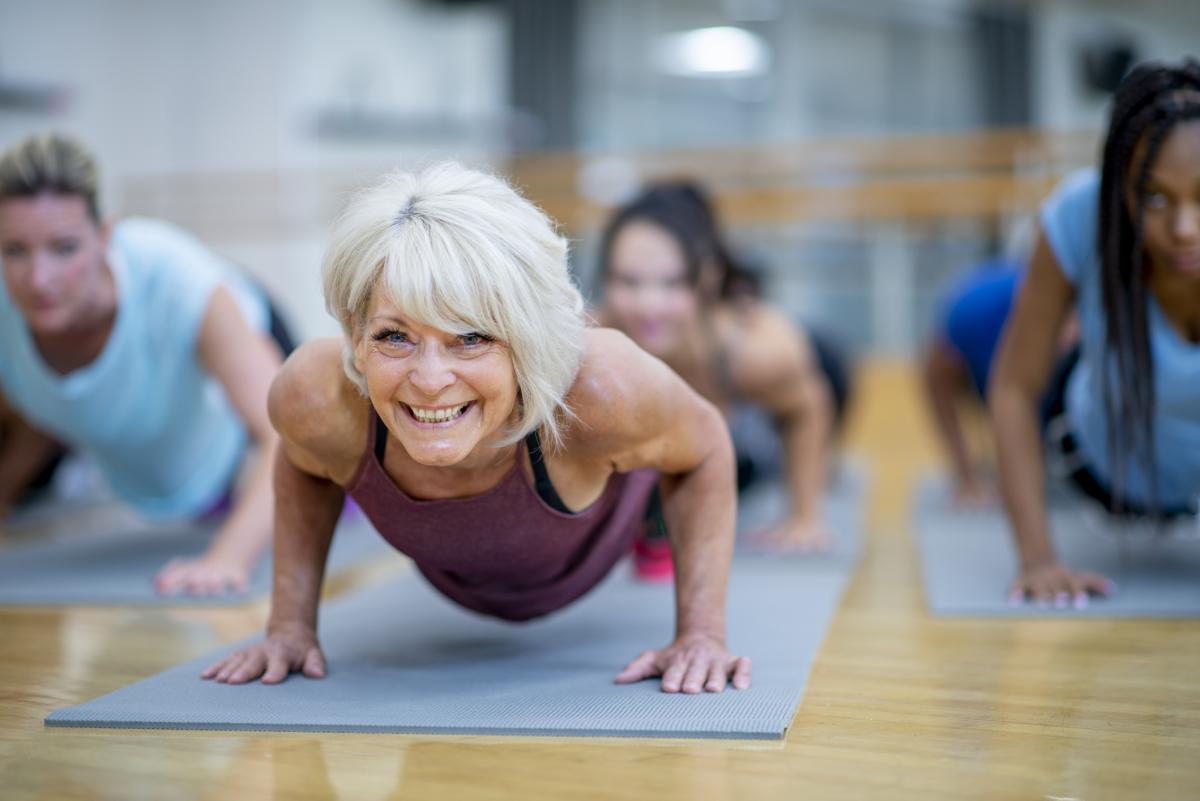Health concerns of female athletes by life stage

Women of all ages can experience the long-term health benefits of exercise. Because of their unique physiology however, female athletes can be at risk for certain sports injuries or conditions. Here are some common health concerns female athletes may encounter during different life stages.
CHILDREN, UP TO 12 YEARS
Most commonly, young girls get overuse injuries particularly along growth plates. Avoidance of early sports specialization can be helpful to avoid these injuries. A general rule of thumb: a child should not participate in more hours of organized sports per week than they are years old. For example, a 6-year-old girl should play no more than 6 hours of organized sports per week. A child with pain that is not improving with rest and ice, or who is limping or unable to walk should be seen by her doctor.
ADOLESCENTS, 12 - 20 YEARS
-
Concussions – If a child sustains a concussion, they need to be seen by medical professional (athletic trainer or physician) to be evaluated. Many concussions do not need to be seen in the emergency room unless they are have weakness in her their arms or legs, pain along their spine, vomiting, or becoming difficult to arouse. If a parent has any other concerns, err on the side of caution and contact a medical professional or go to the ER. Most concussions heal on their own, but many kids need assistance in school while they heal. A child should not return to sports until they have been evaluated by a medical professional, are symptom free and have completed a return to play protocol
-
RED-S – This is the age that Relative Energy Deficiency in Sports starts to develop for many female athletes. Periods are often irregular for the first 1-2 years for girls, but if they continue to be irregular or a girl has not started her period by age 15 years, she should be evaluated. Recurrent injuries, particularly stress fractures should also raise suspicion for possible energy deficit. Promoting a positive body image is important to help prevent intentional energy deficiency
-
ACL Tears – These generally cause pain and significant knee swelling after a twisting or tackle injury. If an ACL tear is suspected, please see a physician. ACL tears generally require surgical repair, especially in this age group
-
Patellofemoral Pain – Chronic pain in the front part of the knee without swelling or known injury. Core strength is paramount to improve this pain. Pain that is not improving or causing an athlete to limp, should be evaluated
ADULTS, 20 – 50 YEARS
- Tendinopathy – Overuse injuries from doing the same repetitive activity can irritate your tendons and cause pain. Relative rest and ice can generally relieve this type of injury. If pain persists, physical therapy and sometimes some tendon procedures can be helpful
- Relative Energy Deficiency remains an issue at this age
OLDER ADULTS, 50+ YEARS
Remember that an unused joint becomes a stiff joint, so as long as you can comfortably stay active, you should!
- Osteoporotic Fractures – Bones become weaker as we age and osteoporosis puts us at risk of fracture. Significant pain, even after what seems like a small injury, often warrants evaluation from a physician
- Osteoarthritis – Wear and tear on the joints over time leads to pain and swelling of knees, hips, fingers and other joints. Sometimes this pain can be managed with over the counter pain medication and ice, but if it is persistent or prevents a person from participating in activities, sometimes a steroid injection can be helpful. Eventually, these joints sometimes need to be replaced
Our aim is to help you stay strong and active throughout your life. From our tips for female athletes to a more in-depth look at their unique health challenges, we are here for you every stage of your athletic journey.
This article was written by Natalie Ronshaugen, MD.




